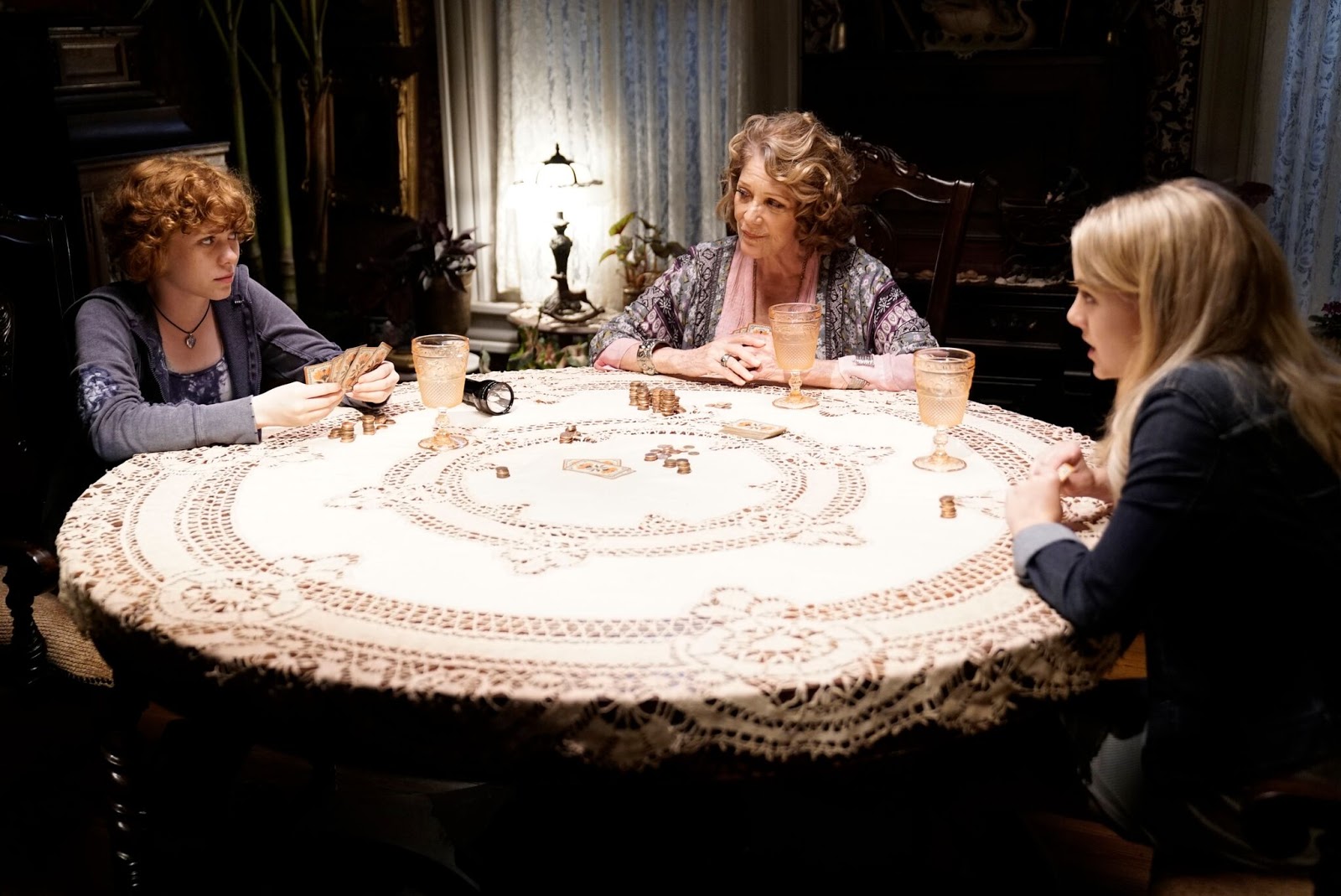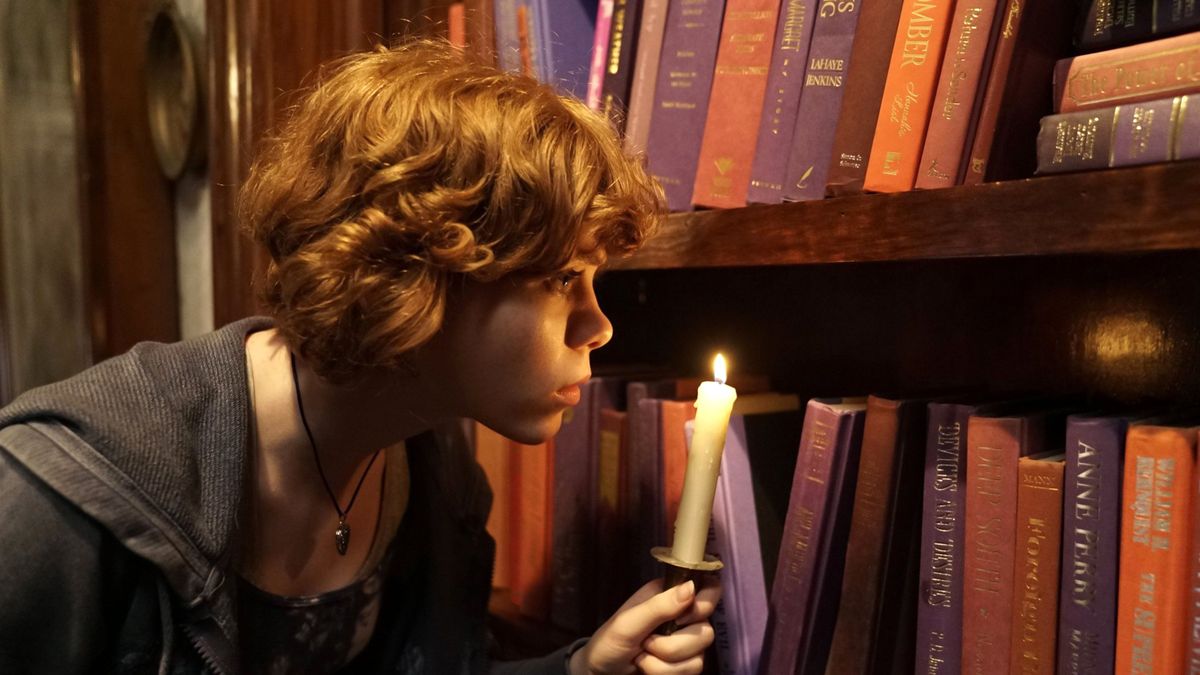

If I remember correctly, Helen is Nancy’s “helper” through books #2-4 of the revised texts, until she gets married. So I guess when revising, the authors determined that Nancy works best with a little help and gave Helen a bigger role. Obviously, we’re all used to Nancy having Bess and George along for the ride, but those characters aren’t introduced until book #5. (In the original text, Nancy speaks to Helen once, and determines that she can’t bring her onboard the investigation because Helen’s too big of a gossip). That’s the other big difference: Nancy has Helen as a sidekick. Instead of having Nancy visit with a lot of characters from The Secret of the Old Clock in the first few chapters, the revised text cuts right to the chase and has Nancy’s friend Helen call her up and request help with the haunted mansion. In this case, I think condensing the plot turned out okay because of how long it took the original mystery to get started in the original text. Also missing were any glimpses of Nancy’s fallibility or sense of humor.īut! I still liked the revised text. And at the point in the original text where Nancy breaks into the villain’s house, in the revised text, she acts scandalized at the mere thought of breaking in. Towards the end, Nancy was able to get several bad guys to spill their guts just by looking at them with disappointment, which I hated.

Honestly, I liked the revised text nearly as much as the original text-up to a point. 1959 Revised Textġ962 Edition, illustrated by Bill Gillies Overall, the 1930 original text is very good. We see her jumping around in excitement, growing impatient, feeling hopeless, and laughing when her dad makes a particularly funny joke at another’s expense (I laughed as well). Other things I noted were the frequent use and mention of guns throughout (Nancy sleeps with one under her pillow in case the “ghost” tries any funny stuff, etc.), and the more emotive portrayal of Nancy. Nancy then leads the slightly inept police back to the villain’s lair, and just in time to save her father! (But not before there’s an armed standoff between the Black henchwoman and the police.) Hooray. The villain himself, I would like to say, is portrayed as…deranged. She sneaks into the villain’s house, avoids his charicaturesque Black henchwoman, as well as his creepy menagerie of taxidermied birds, and finds a secret tunnel. Of course, eventually the different plot threads begin to unravel-but not before Nancy does a little law-breaking. The “hauntings” are eerie and inexplicable, and when Nancy learns that her father has disappeared, she becomes rather depressed and loses interest in the mystery. Instead, she goes it alone, and repeatedly runs into dead ends. Unlike the revised text, Nancy doesn’t bring a friend along to the mansion to help. Indeed, I found that The Hidden Staircase had a very dark, gloomy tone.

In fact, I would say that a majority of the book is spent showing Nancy trying and failing to uncover clues, which was interesting to me, because I’m more used to Nancy being unrealistically brilliant and quick on the uptake.

I was first struck by the slow, deliberate pace of the story-there’s a long build-up to Nancy traveling out the mansion to help out the elderly Turnbull sisters, and there’s an equally long build-up to her discovery of the titular hidden staircase. This was my first time reading the original text, authored by Mildred Wirt Benson, and I deeply enjoyed it. 1930 Edition, illustrated by Russell Tandy


 0 kommentar(er)
0 kommentar(er)
